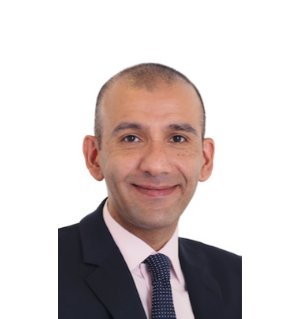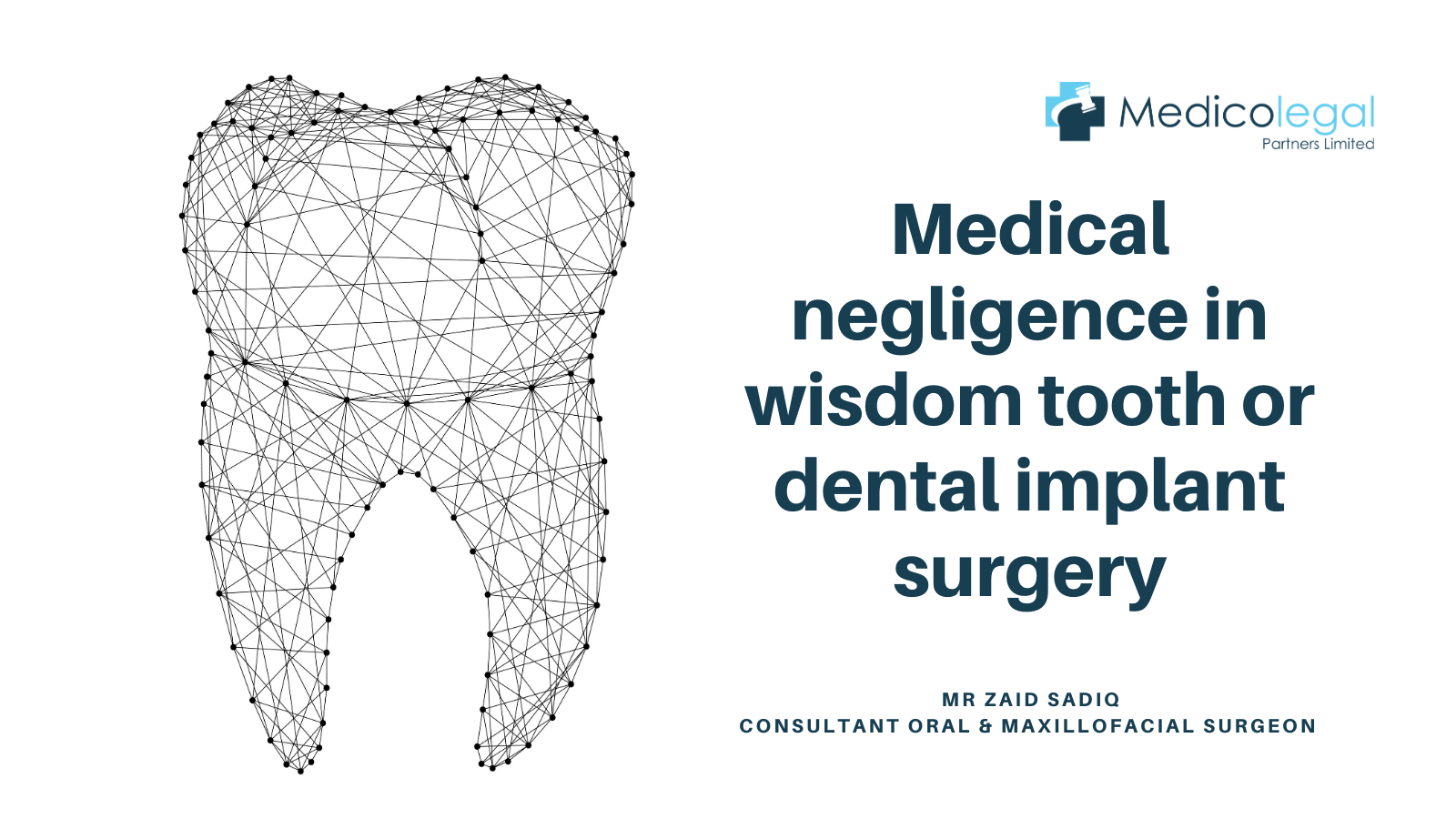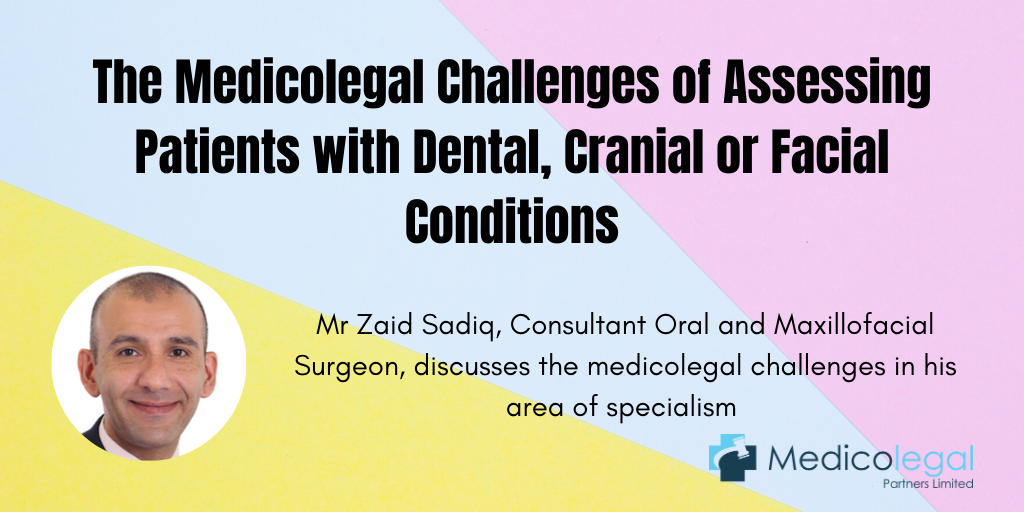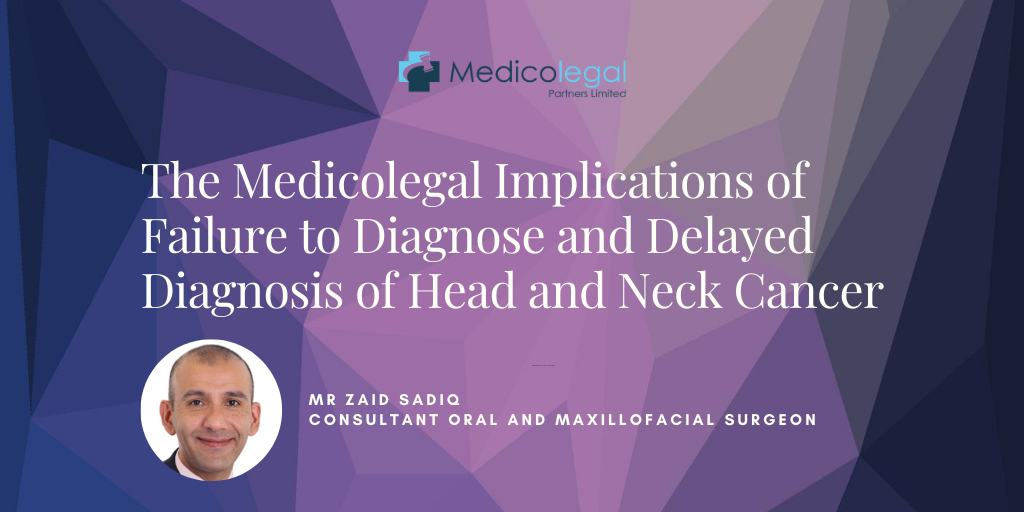Facial trauma in a medicolegal context
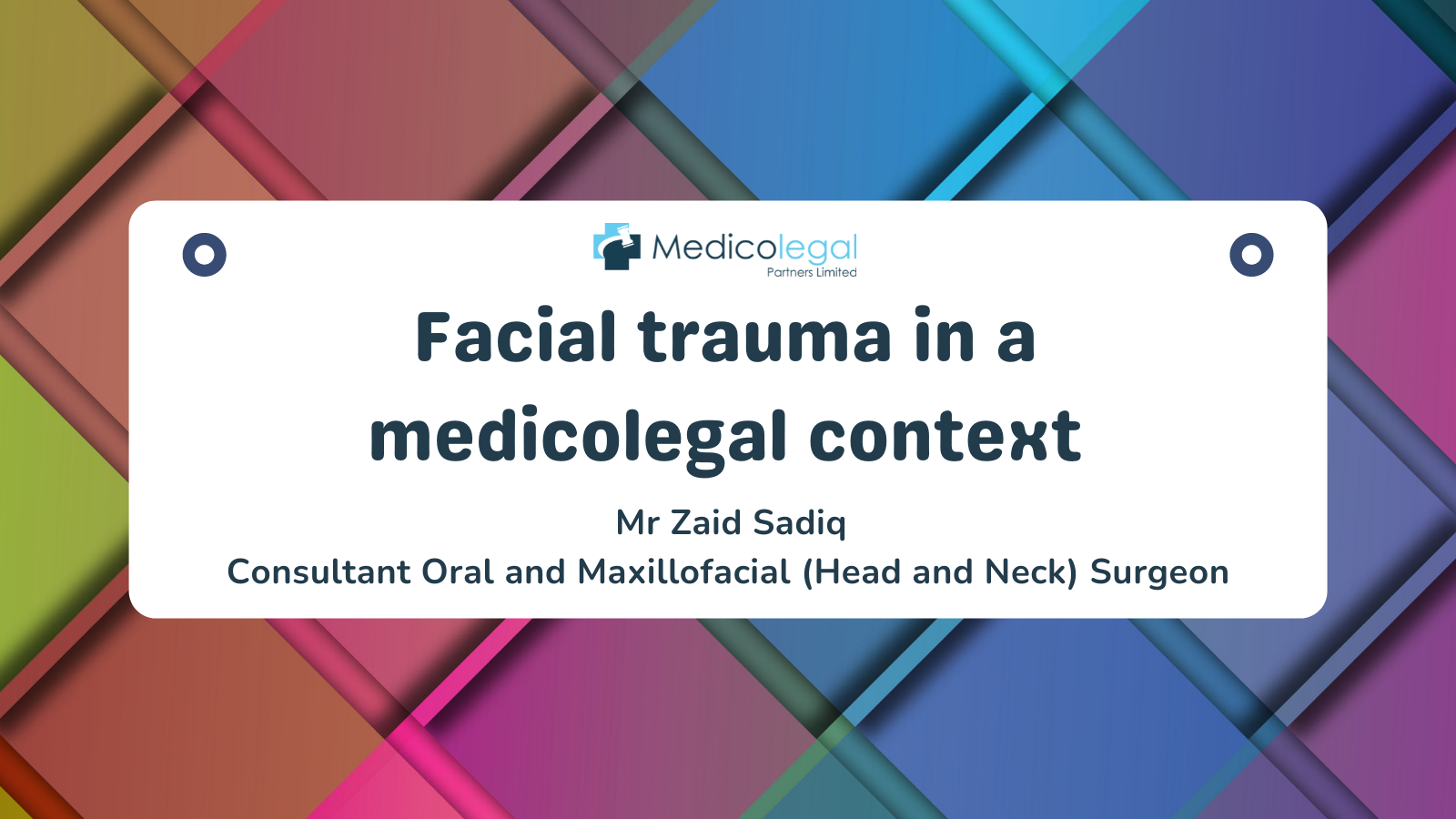
Facial trauma can be a major cause of morbidity, particularly in young adults. This is because the head and neck region contains the major sensory and functional organs. A major component of the morbidity is changes to facial appearance. This can lead to detrimental physiological, aesthetic and psychological effects. Although facial trauma alone is rarely life-threatening, some of the complications associated with it, such as massive bleeding, undiagnosed cervical spine injury and brain injury, can lead to the death of the patient. Other complications may cause irreversible damage unless they are treated rapidly.
The treatment goals in facial trauma are to restore functionality, minimise scarring and avoid further injury to the structures of the head and face. Although the oral maxillofacial surgeon (OMFS) plays a pivotal role in the treatment of facial trauma, a multidisciplinary approach is often required to achieve the best outcome for the patient. It is therefore important that consultation with other specialists is undertaken as early as possible.
As with all traumatic injuries, the first steps are to ensure a safe airway and control bleeding. Airway obstruction associated with facial trauma usually occurs because of an inhaled foreign body, excessive bleeding or a displaced fracture compromising breathing. However, in some cases, soft tissue damage can lead to swelling at a later stage that is severe enough to obstruct the airway. Once the patient has been stabilised, a thorough head to toe survey should be carried out and any findings accurately documented. This must include examination for potential involvement of the brain or cervical spine. These types of injuries are present in a significant number of patients with complex facial trauma caused by high energy insults, particularly where there are fractures to the anterior skull base or frontal sinuses. To prevent irreversible neurologic injury, it is safer to assume that spinal cord injury has occurred until it has been definitely ruled out. Leaks of cerebrospinal fluid are also serious, as they carry an increased risk of meningitis developing in the patient, but identifying them is complicated by the fact that presentation can sometimes be delayed.
Around a quarter of orbital fractures are associated with injuries to the eye. Therefore, patients should be evaluated for injuries that may lead to sight loss and should be managed to reduce the risk of this possibility. Double vision, which may be caused by inflammation or oedema, is common after eye injuries and is normally only temporary. These cases need to be evaluated to identify trapped soft tissue or displaced bone fragments. Lower lid malposition is also a frequent complication and can lead to significant morbidity. Avoiding it requires specialist surgical input to appropriately repair the soft tissues.
Fractures in the facial area are very common, with breaks of the nasal bone occurring most frequently. However, these fractures can be missed due to masking by swelling or the lack of appropriate assessment. Delayed treatment of nasal bone fractures can cause permanent changes in appearance and breathing difficulties as well as making surgical repair more challenging. Cheek bone fractures can significantly affect the appearance of the face, causing obvious facial asymmetry. Inadequate reduction can result in flattening of the cheek and increased facial width. Furthermore, malformation of the eye socket may lead to displacement of the eyeball. Delayed repair is complicated and increases the chance of poor long term cosmesis.
Fractures of the mandible, or jaw bone, are present in up to 70% of incidents of facial trauma. The jaw is particularly prone to injury due to its prominence. Typically, the jaw will break in two places: at the point of impact and also in the location directly opposite this site. As well as potentially disrupting the patient’s airway, a broken jaw can lead to difficulties in speaking and eating. Missing, cracked or chipped teeth are also common and may require restorative dental work. The aims of mandibular fracture repair are to restore the pre-trauma function, including the facial symmetry and dental alignment. Misalignment of the teeth, nerve injury and abnormal bone healing are well recognised complications of mandibular trauma and are often the result of the injury or inadequately treated fractures. The constant functional demand on the mandible during talking and eating can compromise healing, as excessive stresses across the fracture and the fixation plates holding the reduced fracture can lead to fixation failure. This leads to further instability, and non-union of the fracture may potentially be the ultimate outcome.
Facial trauma can be very challenging to manage successfully. Complications are common, and, in serious cases, long-term post-trauma complications, such as scarring, can almost be viewed as inevitable. Early identification and appropriate initial treatment, along with careful post-operative monitoring and re-evaluation, are vital in obtaining the best functional and aesthetic outcomes.
About Mr Zaid Sadiq
Mr Sadiq is an Oral and Maxillofacial (Head and Neck) Surgeon based at Queen Victoria Hospital in West Sussex. He had a keen interest in cancer, reconstructive surgery and tissue engineering. He is available for consultations in London and Horsham, West Sussex.
Further reading:
Ardekian, L., Rosen, D., Klein, Y., Peled, M., Michaelson, M., & Laufer, D. (1998). Life-threatening complications and irreversible damage following maxillofacial trauma. Injury, 29(4), 253–256. https://doi.org/10.1016/s0020-1383(97)00209-x
Morris, L. M., & Kellman, R. M. (2013). Complications in facial trauma. Facial Plastic Surgery Clinics of North America, 21(4), 605–617. https://doi.org/10.1016/j.fsc.2013.07.005

